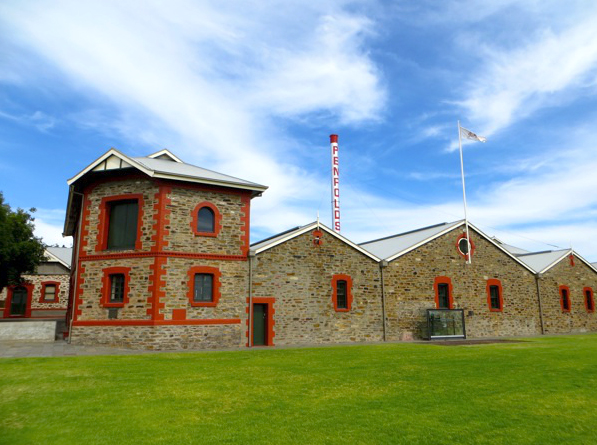Deep ruby color; cherry, redcurrant, cranberry on the nose; red cherry, plum, raspberry, blueberry, blackberry, cinnamon, oak on the palate.
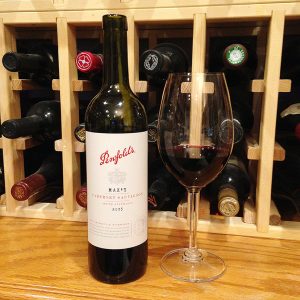
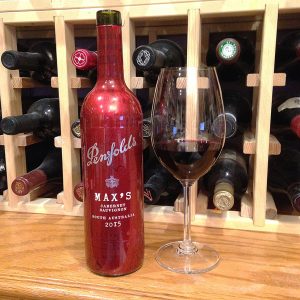
Dry; medium body; very smooth and delicious with very fine, silky tannin, adequate acidity (3.61 pH); some chocolate and tartness on the finish. The oak is well behaved; the flavors are correct for cab. Extraordinarily easy drinker for a cab, even if it lacks complexity and layers of differentiated flavors. People who don’t think they like cab will like this cab, with only the redcurrant, tart finish to possibly frighten them. Embrace the cab, my friends.
Penfolds is a legendary leader in Australian wine. After immigrating from England, Dr. Christopher Rawson Penfold founded his winery in Adelaide in 1844, just eight years after the founding of South Australia. A medical doctor (his wife, Mary, was the daughter of a doctor), Penfolds believed fortified wines had medicinal uses and carefully tended his grape vine cuttings on the journey to his new country in order to produce this medicinal resource in his new land.
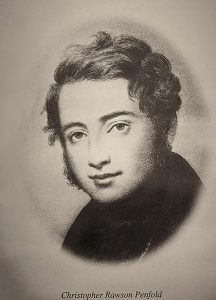
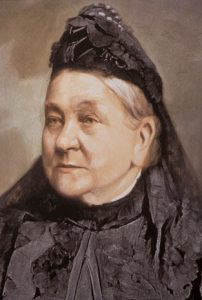
Penfold focused on fortified wines similar to sherry and port, creations Dr. Penfold favored for their medical benefits. When the doctor died in 1870, his widow ignored her son-in-law’s advice to sell the winery. Mary had been active in the winery since its inception and did not hesitate to take over running the entire operation. By the time Mary retired in 1884, Penfolds owned about one-third of all wine stores in South Australia. Her son-in-law, Thomas Hyland, assumed control and continued to build the family brand focused on fortified wine. The company went public in 1962, but the Penfold family retained controlling interest until 1976—132 years after its founding.
Penfolds shifted direction from fortified wines to table wines after World War II, led by chief winemaker Max Schubert. Schubert created Penfolds most famous and honored brand, Grange, in the 1950s in spite of instructions from his bosses to abandon the experimentations with Bordeaux and French style red wines. There is nice video about this part of the Penfold story on the website; link is below. Max Schubert is the giant in Australian wine, with influence far, far beyond Penfolds. This bottle is a homage to him and includes special packaging (note photos).
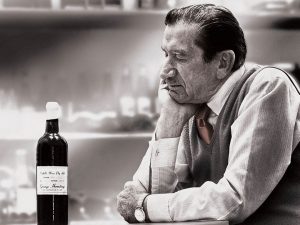
A beer brewer in New South Wales acquired Penfolds in 1976. A series of consolidations and re-alignments followed until Penfolds became part of the Foster’s Group (makers of Foster’s Lager) in 2005. In 2011, Foster’s Group spun off its wine operations into Treasury Wine Estates, which since has become one of the world’s largest winemakers. Also in 2011, after the wine spinoff, Foster’s Group, the beer brewer, was taken over by SABMiller, the world’s second-largest bear brewer (behind Belgium-based Anheuser-Busch InBev). Treasury has wobbled some amid the changing fortunes of Aussie wine—hottest stuff on the planet, followed by glut of OK but not great (Yellow Tail and other ‘critter wines’). The Penfolds brand, however, waltzes on, Matilda.
Penfolds Max’s Cabernet Sauvignon South Australia 2015 is cab people who fear cab can enjoy. Very easy drinker with silky tannin, very nice red fruit. For a cab, it flirts with delicious. Pair with slow-cooked red meat dishes, braised lamb, strip steak and vegetables, cheeseburger, pizza; because of silky tannin, this pairs better with rare-cooked and red meats with less fat content. $20-26
